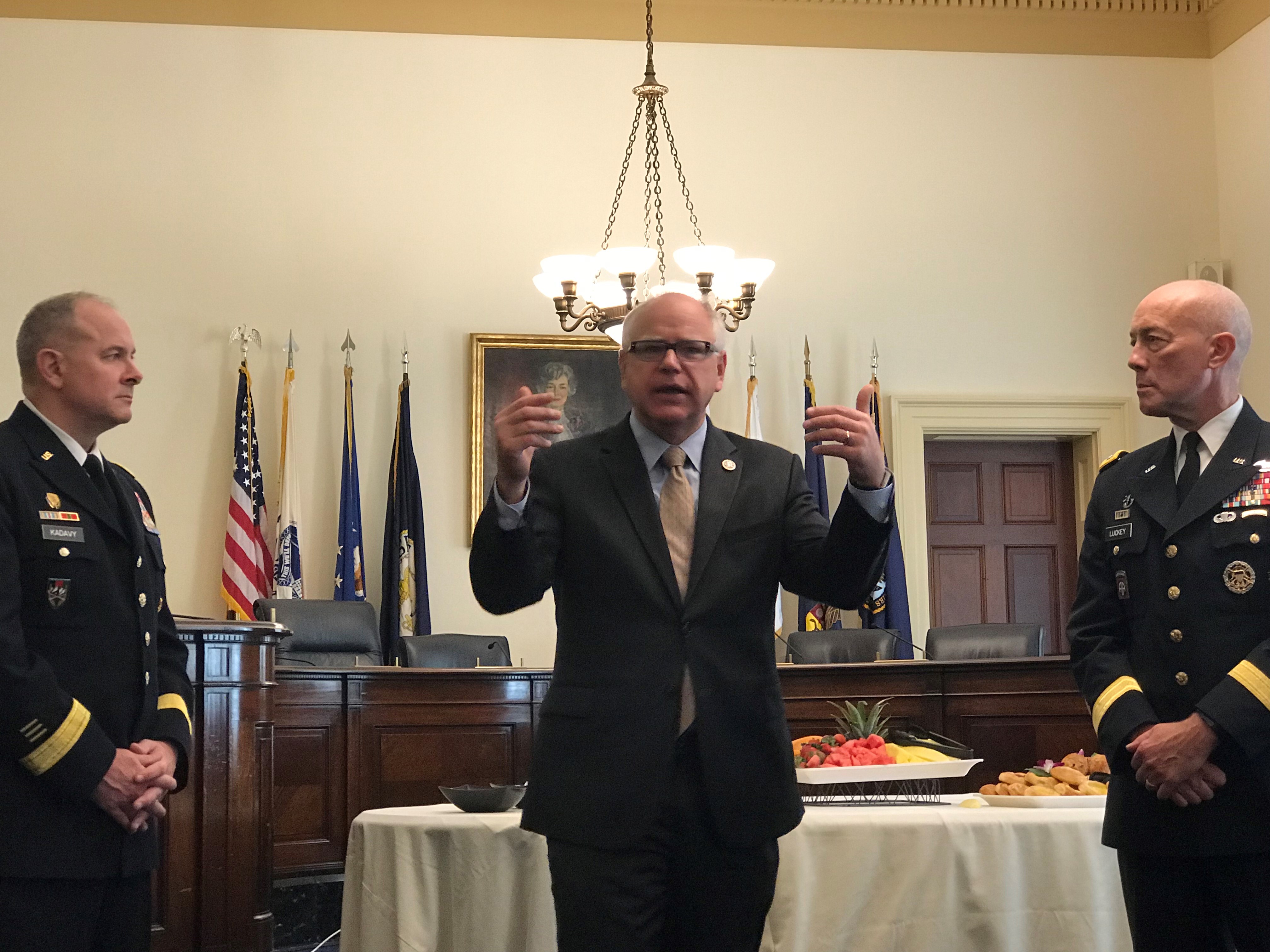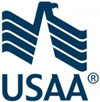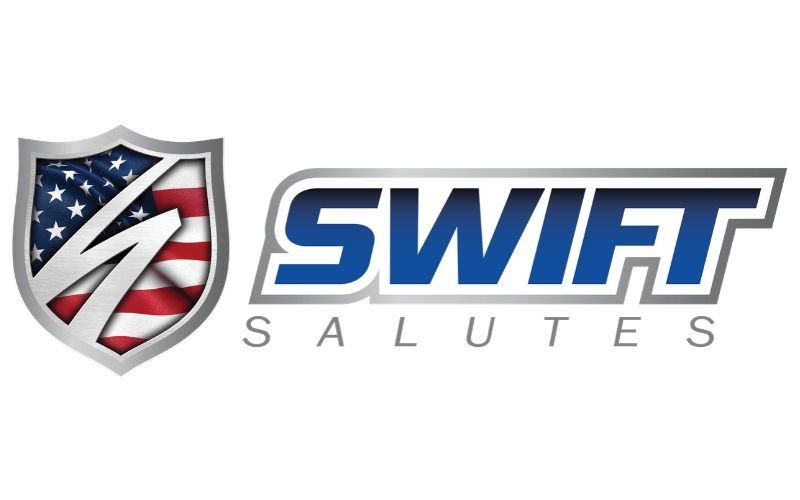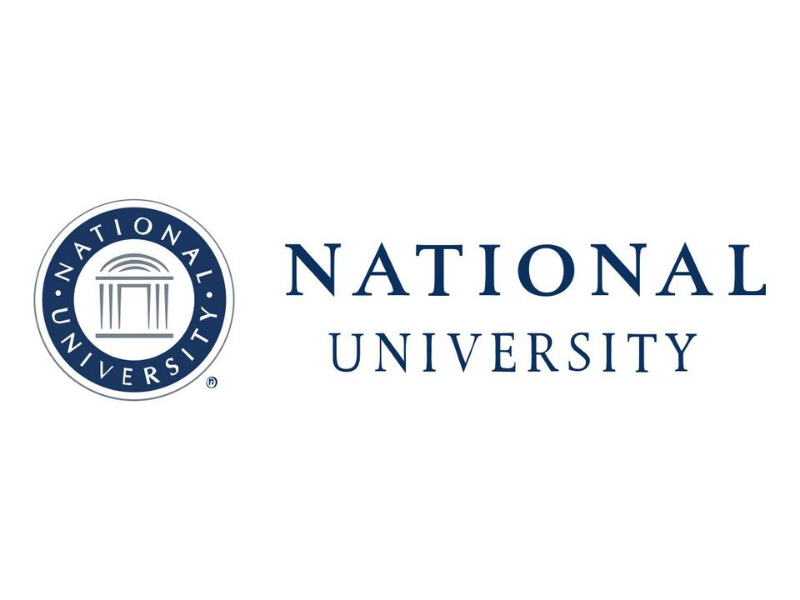November 2017 Drill Weekend Talking Points
by | Nov 1, 2017 | Roll Call

TRICARE Reserve Select Expansion
The Enlisted Association of the National Guard of the United States is working hard for you. Congress is close to voting on this year’s National Defense Authorization Act (NDAA). Included in the legislation is a provision that would expand Tricare Reserve Select coverage to technicians. Your advocates in Washington have been hard at work meeting with the Members of the Armed Services Committee member offices, professional staffs, and the Office of Senator Orin Hatch of Utah to accomplish this important association goal. Over the last two weeks of October alone, EANGUS staff organized fifteen meetings with Congressional Offices named to the NDAA conference committee. We are very optimistic that the provision will carry through to the final version of the bill and that technicians will earn this valuable benefit, putting money back into their pockets each month. The EANGUS National Office will continue to provide updates to members. Click on the picture below for an update from Scott Bousum, Legislative Director, EANGUS.

Forever G.I. Bill Benefits Members of the National Guard
We at EANGUS care deeply about protecting the G.I. Bill. and firmly believe that every veteran student has earned the right to utilize his or her benefits at a reputable, affordable, high-quality institution of higher education. The “Forever” GI Bill represents that belief, and was signed into law in August by President Donald Trump and it includes several provisions that will benefit members of the National Guard. The law authorizes additional GI Bill funding for members of the National Guard and consolidates eligibility tiers.
National Guard members can now apply their service time for G.I. Bill eligibility when put on orders for contingency operations. National Guard members placed on medical hold status will now see that time count toward their eligibility, retroactive to Sept. 11, 2001. The law includes a medical orders equity provision that allows time spent in recovery due to battlefield injuries to count towards GI Bill eligibility.
Additionally the bill removes the 15-year deadline for veterans to use the benefit, and restores benefits if a college shuts down or loses accreditation. The bill also allows all Purple Heart recipients to get full benefits. Previously, Purple Heart recipients didn’t get the full GI Bill unless they’ve served for at least three years.
The Enlisted Association of the National Guard of the U.S. and the National Guard Association of the U.S. represent the interests of more than 452,000 men and women of the Army and Air National Guard. Click on the picture below for an update from Daniel Elkins, Legislative Director, EANGUS.

Army National Guard 4.0 Rolls Out in 2018
Army directed the ARNG to provide increased combat and enabling capability more rapidly in order to decrease Army risk in meeting operational plans and emerging contingency requirements.
ARNG 4.0 focuses on enhancing the combat readiness of select critical capabilities now while posturing the remaining ARNG force to enhance readiness over time.
-
Emergency response force, air and missile defense, fires (artillery), armor and Stryker BCTs, and attack recon battalions (Apache).
-
Conducting four CTC rotations a year to produce four BCTs at company level proficiency, associated critical enablers trained to level organized, provide 55,000 soldiers in the available year.
-
Increased unit strength in priority units to achieve 95% availability for deployment.
-
Partnering with active Army and Army Reserve in Associated Units Pilot Program.
-
Improving individual readiness to increase availability for mobilization.
-
Leveraging ARNG installations and facilities to increase readiness. Re-stationing force structure.
-
Increase soldier incentives and enhanced employer incentives.
Select ARNG units may increase their regular training schedules beyond the traditional 39 days a year.
ARNG requires an additional 2,000 full-time support personnel of which 441 will be allocated to recruiting.
ARNG to acquire dual use equipment that enables both federal combat mission and state domestic operations mission. HMMWVs, JLTVs, civil disturbance equipment, PPE, and ambulances.
The 4.0 plan is about a sustained readiness model and how the Guard will incorporate that. This includes quality of training and cutting down on non-deplorable soldiers.

Above picture taken on October 24, 2017 during Congressional roll out meeting on ARNG 4.0. Location: Cannon House Office Building, Washington, D.C. Left to Right: Lieutenant General Timothy J. Kadavy, Director, ARNG; Representative Tim Walz (D-MN) Co-Chair of the House Guard and Reserve Components Caucus; and Lieutenant General Charles D. Luckey, Chief of Army Reserve.
















